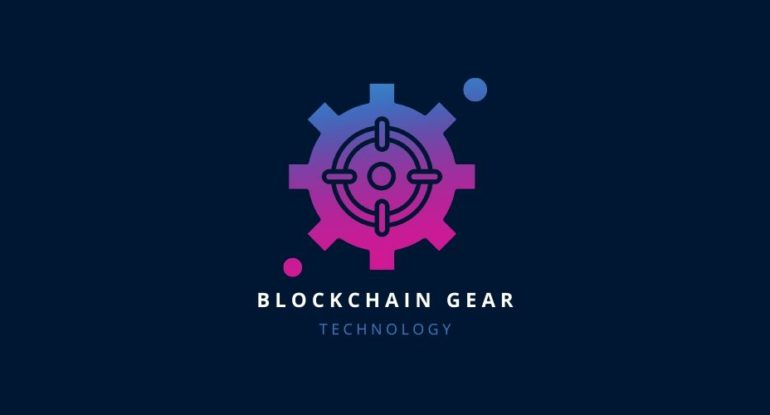Making a social effect using blockchain

Blockchain is a perfect platform for humanitarian help because of its rapid connectivity and inherent transparency. It emphasizes the significance of a seamless connection between the social networks we use daily and the financial infrastructure that has traditionally been segregated from those social networks during times of crisis. The Web 3.0 community rises to the situation, and the outcomes will serve as a model for future developments. Whether in a war or not.
We’re delighted to announce that the multi-chain DAO infrastructure protocol, @RainbowcityDAO has received a grant from Web3 Foundation and has completed their first milestone.https://t.co/6y2urDSJb6
— Web3 Foundation (@Web3foundation) February 14, 2022
You’ll now see some real-world instances of how this technology will transfer the value impact of blockchain and cryptocurrency. In India, for example, the Akshay Patra Foundation, with the help of Accenture’s technology, is giving mid-day meals to millions of schoolchildren by merging Blockchain, AI, and IoT.
Another significant impact can be seen in the Philippines. Plastic pollution disproportionately affects poorer communities in emerging countries. In the Philippines, a new digital payment system has triggered a cleaning revolution. The Bounties Network, Coin.ph, and ConsenSys have teamed up to incentivize people to clean up a dirty beach in exchange for digital payments. Another project in Bali, The Plastic Trading, is a sustainability movement that empowers communities to transform their waste habits through dignity-based exchange networks that result in a cleaner, healthier ecosystems.
With ‘Digital Arts for Social Impact,’ a creative application of technology shows brightly (DASI). To feed their families, many low-income families rely primarily on begging. The DASI program intends to provide them with an alternative path to learning, development, and future assistance for themselves and their children. The project is a unique collection of blockchain-based NFTs created in collaboration with artists worldwide. Apart from the sale, these NFTs are used to fund the future education of these poor children and enhance the living conditions in rural communities around the world. The project, which began in Cambodia, quickly expanded to India, Thailand, Brazil, Nigeria, and other countries.
Also, read – Blockchain Applications That Are Transforming Society
Another initiative that uses blockchain to link the worldwide artisan community is the Ofoma Project. This is the driving force for developing a decentralized ecosystem that includes incentives, a crypto wallet, a marketplace, NFTs, and a humanitarian alliance. It uses a utility token designed and built to drive social impact through an ecosystem. That encourages marginalized artists and artisans worldwide to scale beyond their local economy for developing regions like Africa, India, Bangladesh, and more through a social impact ecosystem that includes the world’s first blockchain-integrated multi-vendor artisanal marketplace NFT factory and Metaverse. Furthermore, we contribute to the Sustainable Development Goals, including poverty alleviation for individuals.
As part of our Trailblazing Women of Crypto series, we’re delighted to share our appreciation for Macrina Kgil, Chief Financial Officer.
Find out about Macrina’s journey into crypto and what Women’s History Month means to Macrina on our blog. https://t.co/WrRRecsh9d
— Blockchain.com (@blockchain) March 28, 2022
At the macro level, blockchain is being creatively used in projects worldwide to create economies for the unbanked and unregistered. Incorporate transparency into supply chains, facilitate effective philanthropy, establish tamper-proof records, promote decentralized governance, create peer-to-peer markets, provide self-sovereign identity, etc. Technology is teaching us how to move from profit to benefit. Accept it.
Comments are closed.




























































